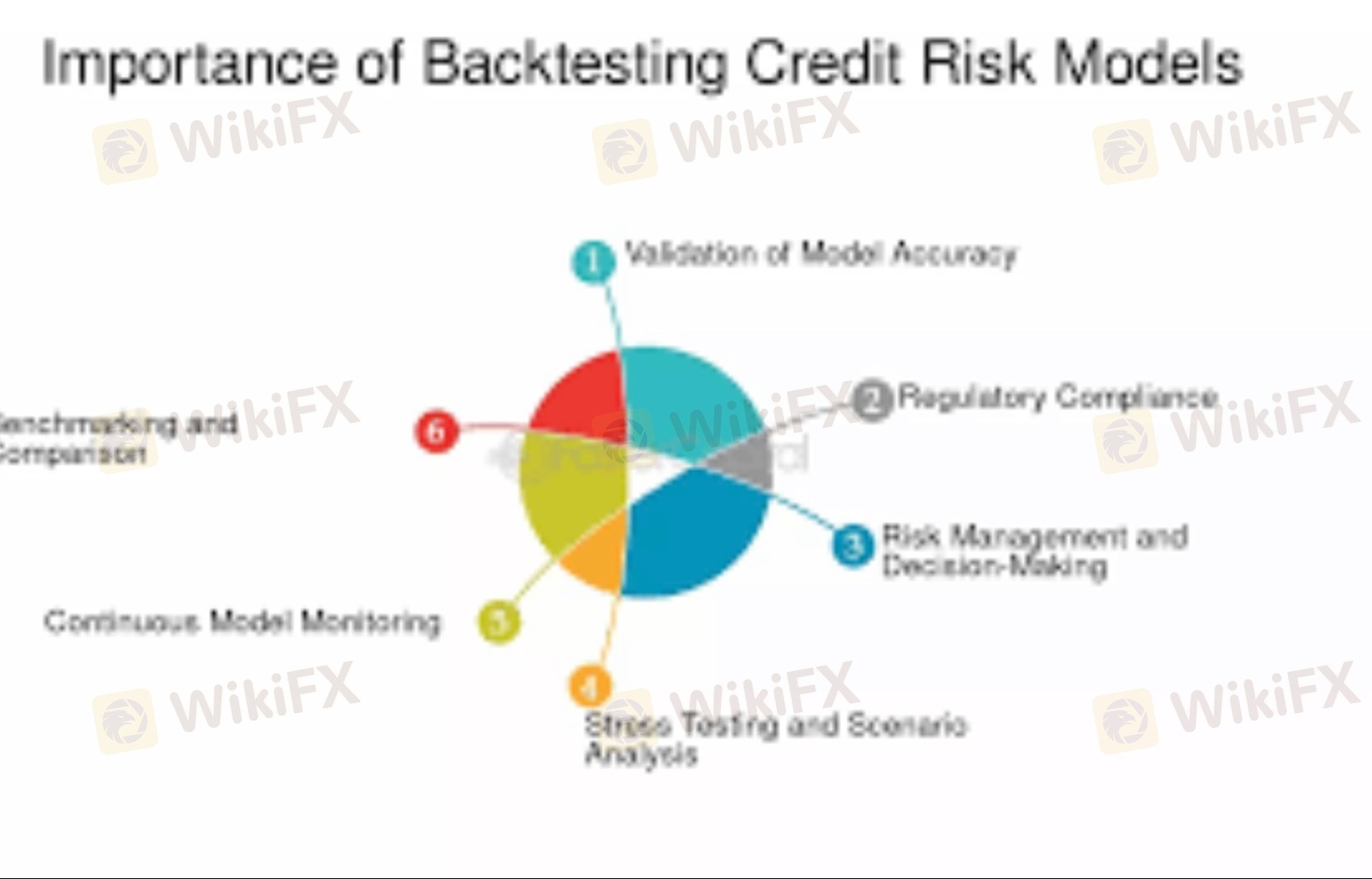
2025-02-17 21:38
ОтраслевойHow to backtest your strategy for risk assessment
#forexrisktrip
Backtesting a strategy for risk assessment involves testing a trading or investment strategy using historical data to evaluate its performance and potential risks. Here’s a step-by-step guide:
1. Define Your Strategy: Clearly outline the rules of your strategy, including entry and exit signals, position sizing, and risk management rules.
2. Collect Historical Data: Gather relevant historical price data, including open, high, low, close, and volume. Ensure the data is accurate and covers different market conditions.
3. Choose a Backtesting Tool: Select a platform or software for backtesting, such as Python (with libraries like Backtrader or PyAlgoTrade), MetaTrader, or trading platforms like TradingView.
4. Implement the Strategy: Code your strategy into the backtesting platform. Make sure the implementation exactly follows the rules you defined.
5. Run the Backtest: Simulate the strategy using historical data, recording each trade, position size, and profit/loss.
6. Analyze Performance Metrics: Evaluate key performance indicators (KPIs) such as:
• Return on Investment (ROI)
• Sharpe Ratio (risk-adjusted return)
• Maximum Drawdown (largest peak-to-trough decline)
• Win Rate (percentage of winning trades)
• Average Win/Loss Ratio
7. Risk Assessment: Focus on metrics related to risk:
• Volatility: Measure the standard deviation of returns.
• Drawdowns: Assess frequency and severity.
• Value at Risk (VaR): Estimate potential loss under adverse conditions.
8. Validate Results: Ensure the results are statistically significant and not due to overfitting. Consider running out-of-sample tests or walk-forward analysis.
9. Optimize and Refine: Adjust strategy parameters to improve performance while avoiding overfitting. Re-test after making changes.
10. Stress Testing: Test the strategy under extreme market scenarios to see how it performs in high volatility or low liquidity conditions.
Would you like guidance on using a specific platform or coding a backtest in Python?
Нравится 0
saad940
Trader
Популярные обсуждения
Технический показатель
Розыгрыш Xiaomi Redmi Note 9 и 20-и VIP-подписок
Технический показатель
ВЫСКАЗЫВАНИЯ БАЙДЕНА ДАВЯТ НА ВАЛЮТЫ РАЗВИВАЮЩИХСЯ СТРАН
Технический показатель
Европа заключила совместный контракт на поставку ремдесивира для лечения COVID-19...
Технический показатель
Индия: Решение Резерв. Банка Индии по проц. ставке, 4%, ожидалось 4%...
Анализ котировок
Китай: Индекс деловой актив. в сф. услуг Caixin PMI, Сентябрь, 54,8 п.
Технический показатель
События предстоящего дня: "АЛРОСА" опубликует результаты продаж за сентябрь...
Классификация рынка

Платфоома

Выставка

Агент

Вакансии

EA

Отраслевой

Котировки

Показатель
How to backtest your strategy for risk assessment
 Индия | 2025-02-17 21:38
Индия | 2025-02-17 21:38
#forexrisktrip
Backtesting a strategy for risk assessment involves testing a trading or investment strategy using historical data to evaluate its performance and potential risks. Here’s a step-by-step guide:
1. Define Your Strategy: Clearly outline the rules of your strategy, including entry and exit signals, position sizing, and risk management rules.
2. Collect Historical Data: Gather relevant historical price data, including open, high, low, close, and volume. Ensure the data is accurate and covers different market conditions.
3. Choose a Backtesting Tool: Select a platform or software for backtesting, such as Python (with libraries like Backtrader or PyAlgoTrade), MetaTrader, or trading platforms like TradingView.
4. Implement the Strategy: Code your strategy into the backtesting platform. Make sure the implementation exactly follows the rules you defined.
5. Run the Backtest: Simulate the strategy using historical data, recording each trade, position size, and profit/loss.
6. Analyze Performance Metrics: Evaluate key performance indicators (KPIs) such as:
• Return on Investment (ROI)
• Sharpe Ratio (risk-adjusted return)
• Maximum Drawdown (largest peak-to-trough decline)
• Win Rate (percentage of winning trades)
• Average Win/Loss Ratio
7. Risk Assessment: Focus on metrics related to risk:
• Volatility: Measure the standard deviation of returns.
• Drawdowns: Assess frequency and severity.
• Value at Risk (VaR): Estimate potential loss under adverse conditions.
8. Validate Results: Ensure the results are statistically significant and not due to overfitting. Consider running out-of-sample tests or walk-forward analysis.
9. Optimize and Refine: Adjust strategy parameters to improve performance while avoiding overfitting. Re-test after making changes.
10. Stress Testing: Test the strategy under extreme market scenarios to see how it performs in high volatility or low liquidity conditions.
Would you like guidance on using a specific platform or coding a backtest in Python?
Нравится 0
Я тоже хочу высказать замечания.
Задать вопрос
0Комментарии

Пока нет комментариев, оставьте комментарий первым

Задать вопрос
Пока нет комментариев, оставьте комментарий первым